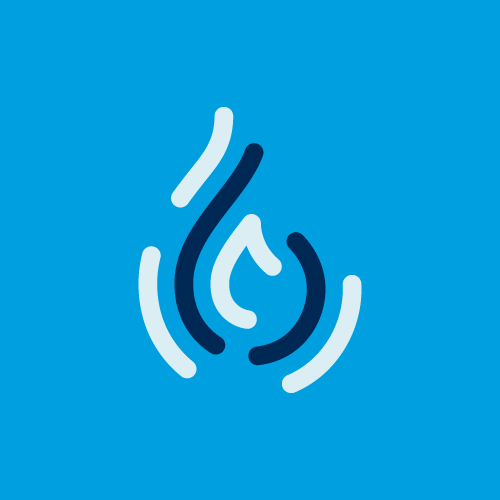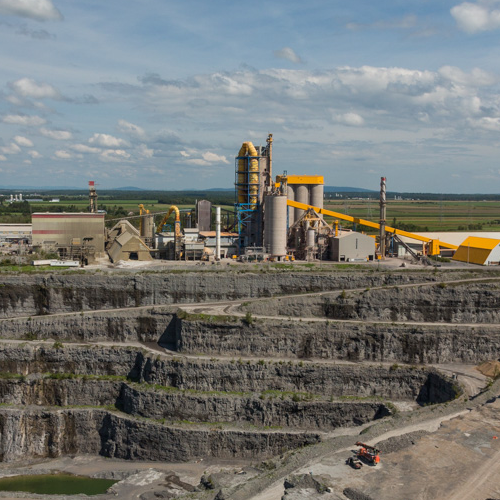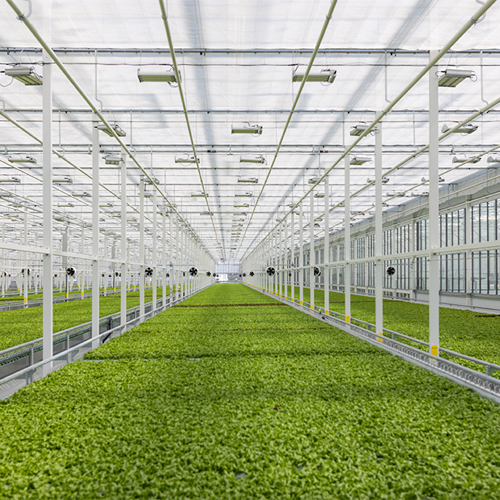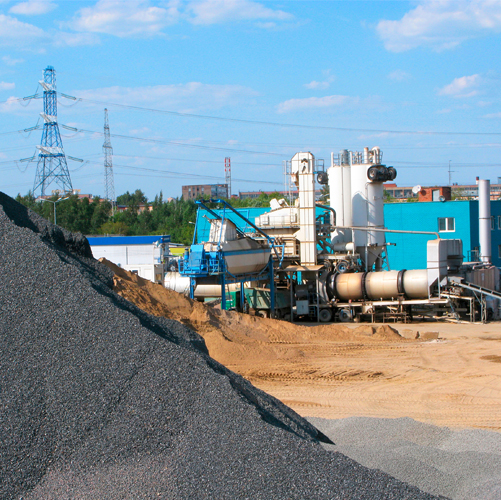Hot water boilers using direct contact heat transfer between combustion gases and water are recognized for their high energy efficiency. To achieve this full energy potential, it is essential to use them in a suitable application.
Operating principle
The heat transfer principle is simple (Figure 1). High-temperature combustion gases in the region of the flame become saturated with water by evaporation of descending water. This water vapour condenses again when it comes into contact with the stainless steel nodules, kept relatively cold by the water jets at the inlet. At the outlet of this nodule section, the combustion gases encounter an even colder environment as they pass under the cold shower. The combustion gases thus are cooler and exit the water heater at a temperature close to the water inlet temperature.
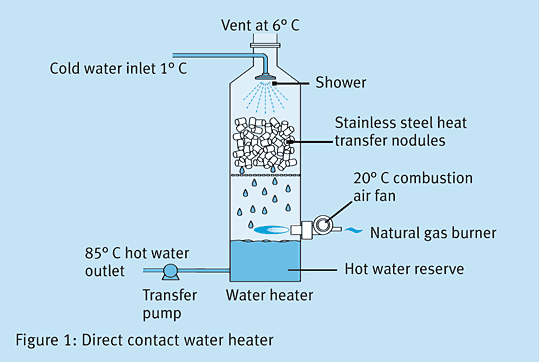
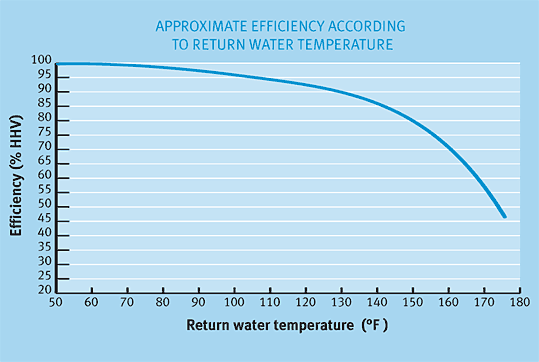
The colder the water temperature at the water heater inlet, the colder the products of natural gas combustion will be when they emerge, and the closer they will propel the direct contact water heater’s thermal efficiency to 100%.
Given that the combustion gases come into direct contact with water, it is important to verify whether the low concentrations of contaminants coming from these gases have an effect on the process. If such is the case, it is possible to operate with a primary and secondary loop system. This prevents the process water from coming into contact with the water from the water heater. Given that this technology triggers condensation of combustion products, natural gas becomes the choice energy source. In some applications, these water heaters can reach a thermal efficiency of 99%.
| Typical applications recommended |
|
| Advantages compared to traditional boilers |
|
However, it is very important during the design process to prevent a high water return temperature. If the water temperature at the water heater inlet exceeds the dew point of the combustion products (140° F), recovery of the latent energy contained in these combustion products will be reduced and will result in losses by evaporation. This ejected water vapour, containing about 1,000 Btu/lb, will be lost directly up in the water heater chimney and will reduce the product’s performance.
The graph shows the relationship between the inlet water temperature and the efficiency of the direct contact water heater.
Potential savings
The potential savings related to the use of this natural gas water heater are around 15% to 20% compared to a traditional steam boiler (see example).
Direct contact technology is very interesting to recover the thermal energy lost by existing equipment discharging hot gases, such as boilers and furnaces. The burner of a direct contact equipment can be replaced or combined with this hot gas flow to produce hot water, thus reducing the overall energy bill.
In short, the use of direct contact technology is simple and can generate very interesting savings. These savings can quickly amount to 15% or 20% if the technology is used in applications that assure a relatively cold water return.
Martin Blanchet, Eng.
Technical Adviser
DATECH Group
Continue reading




